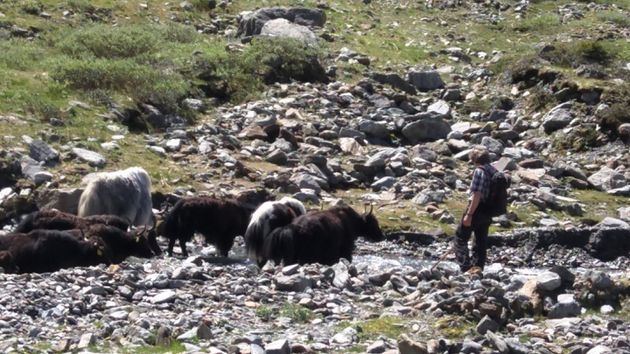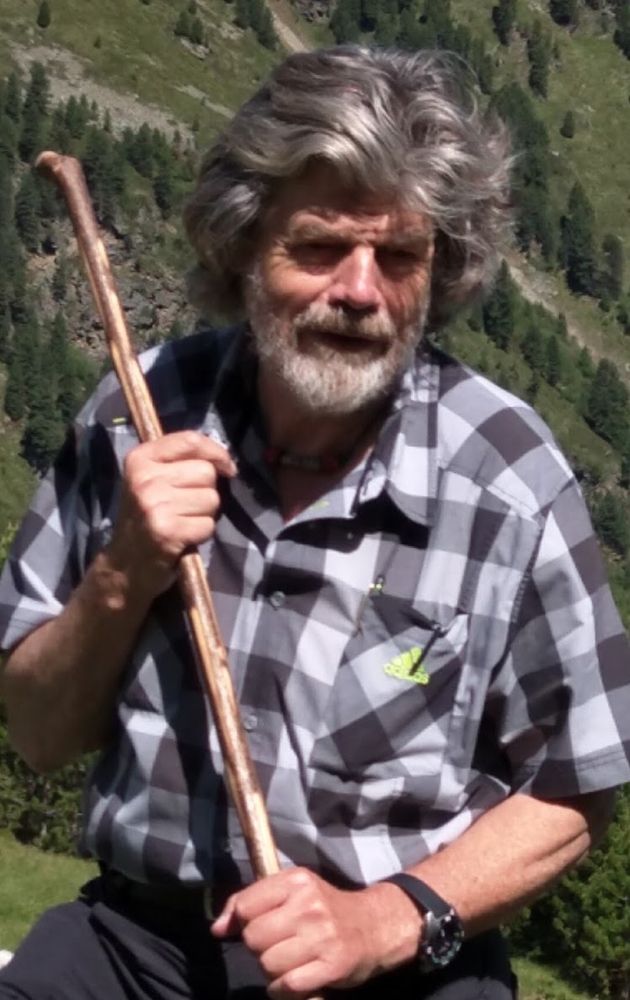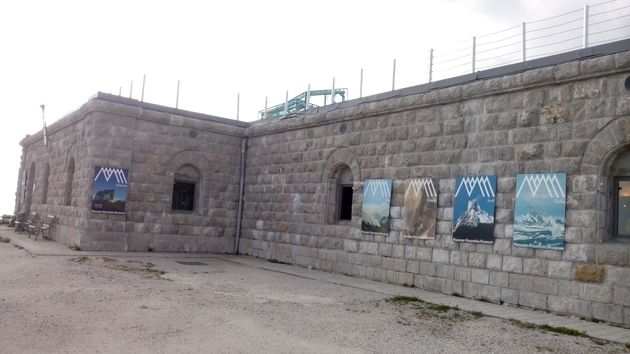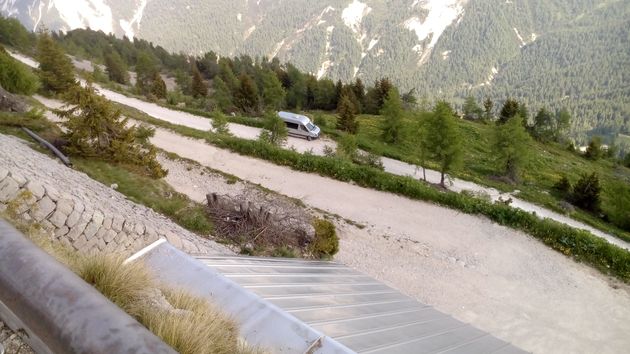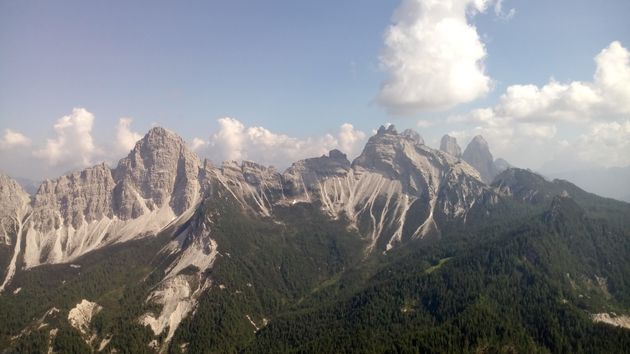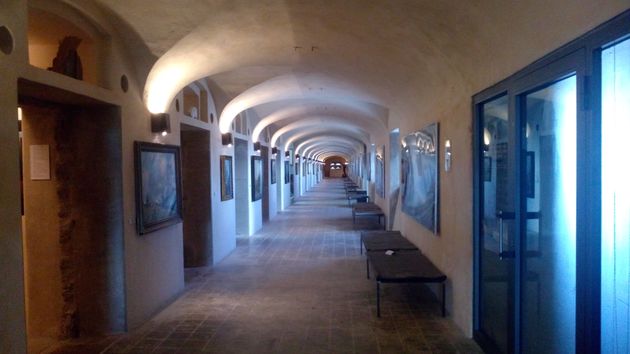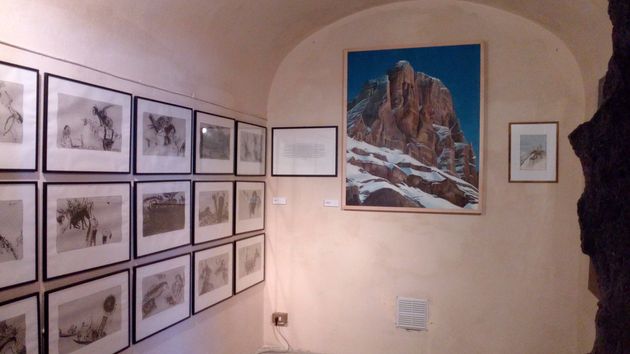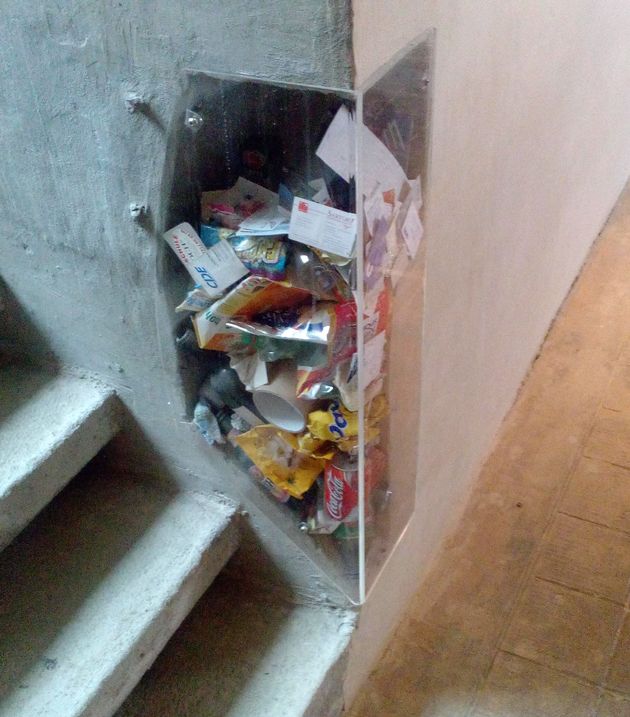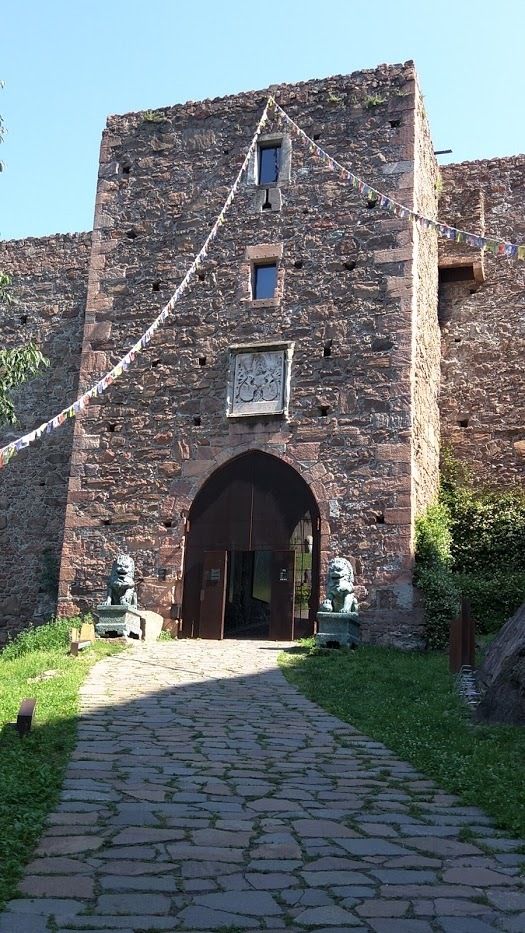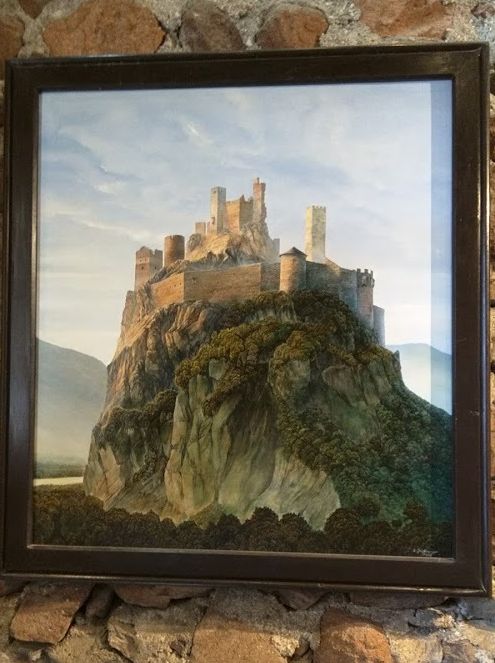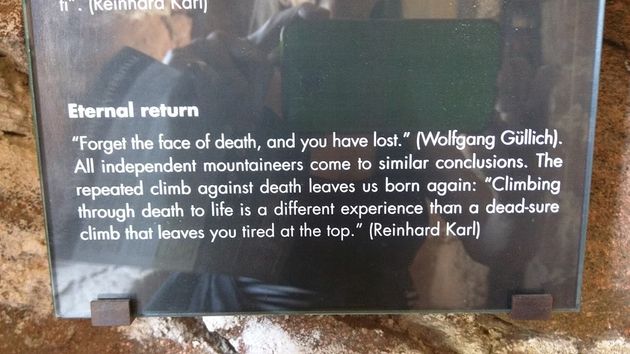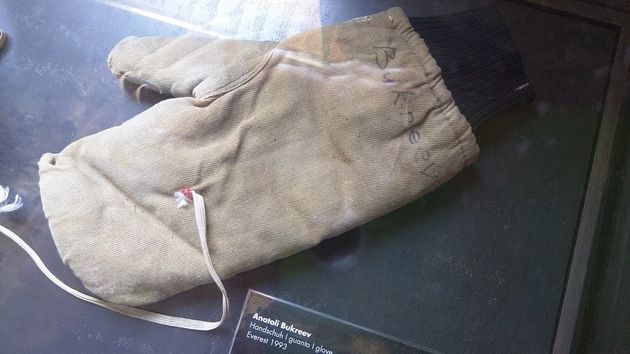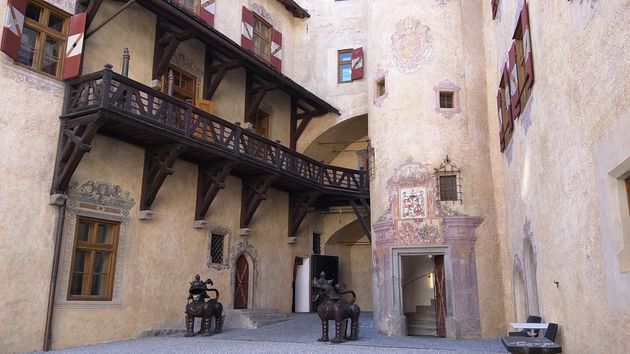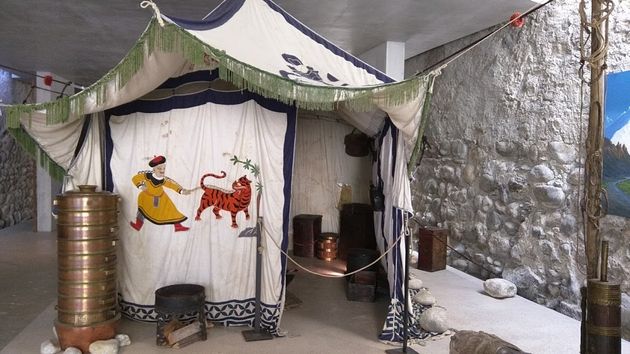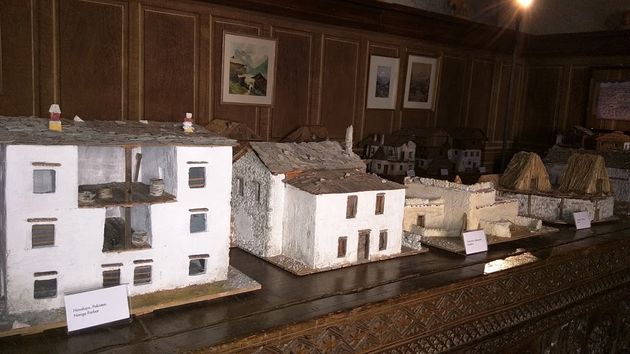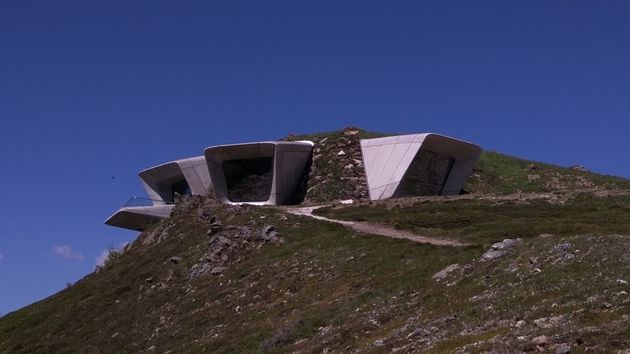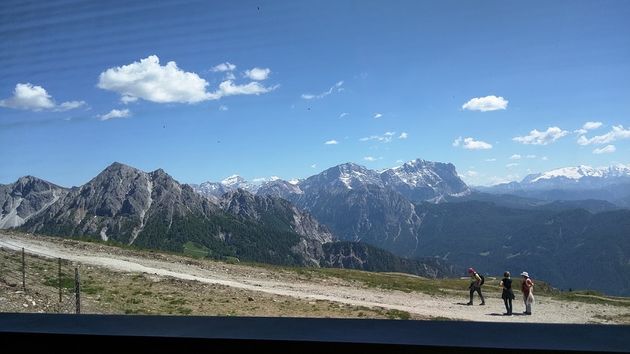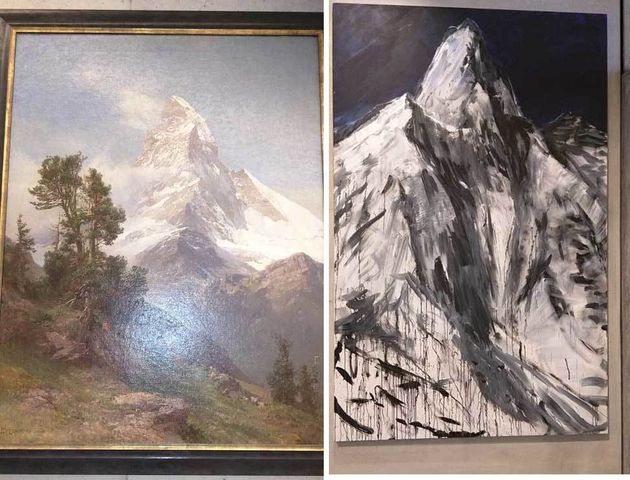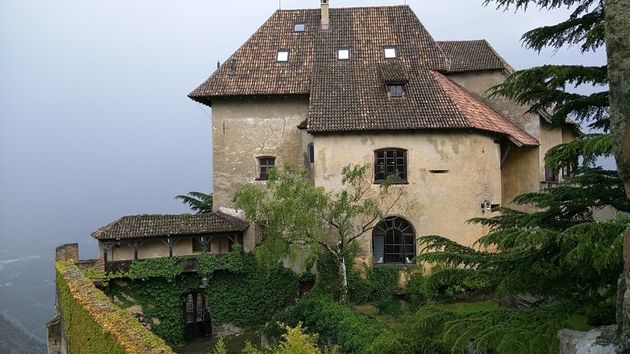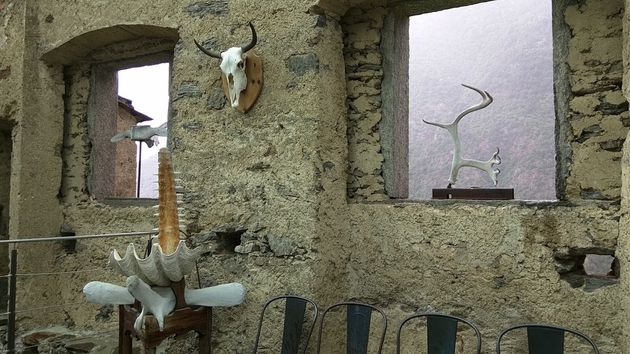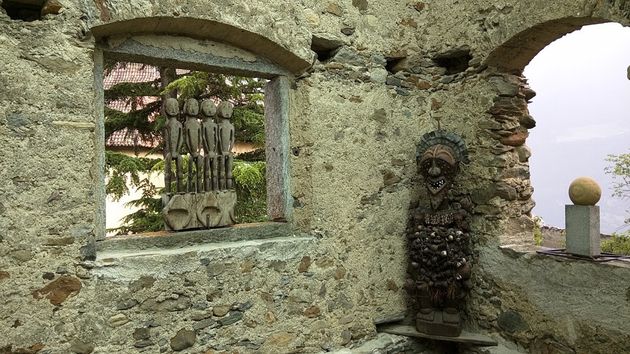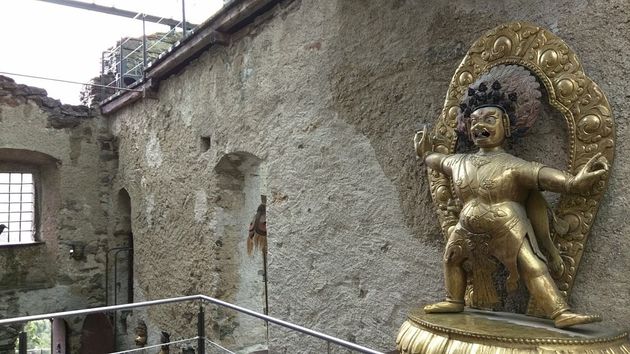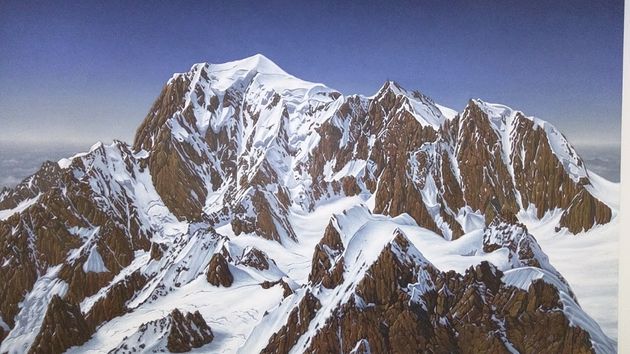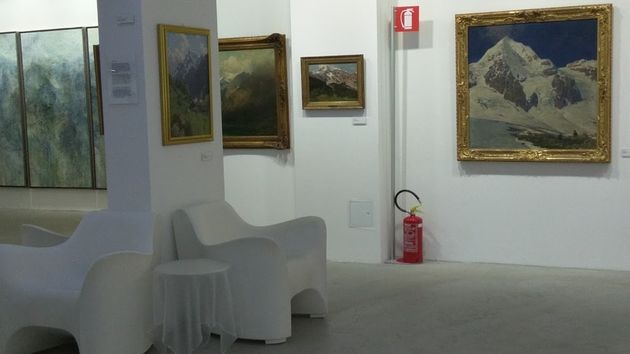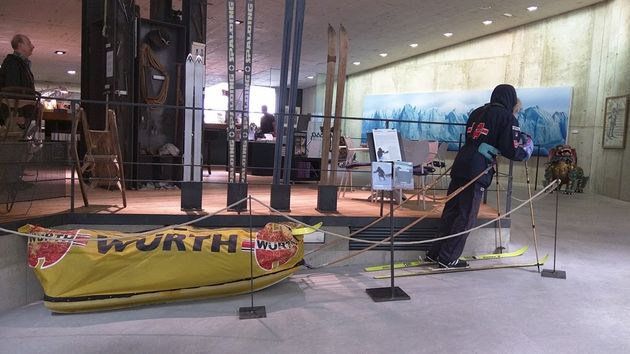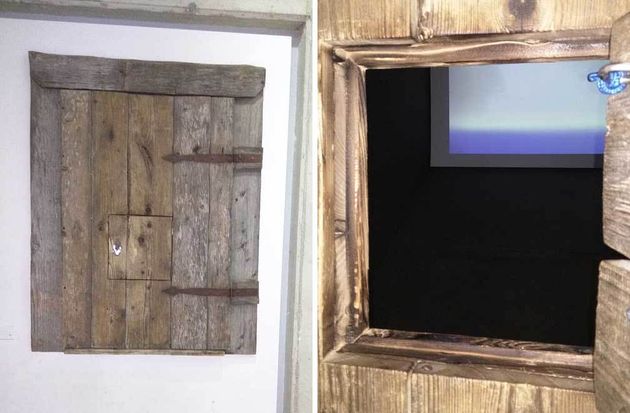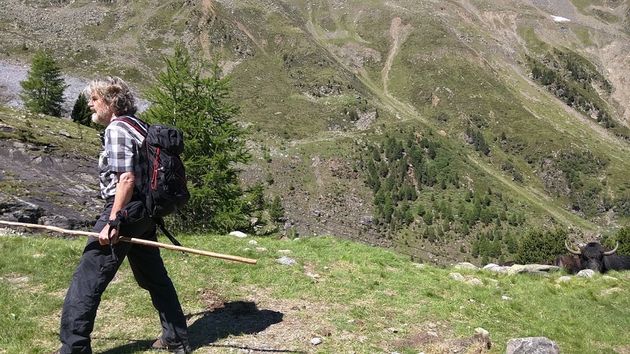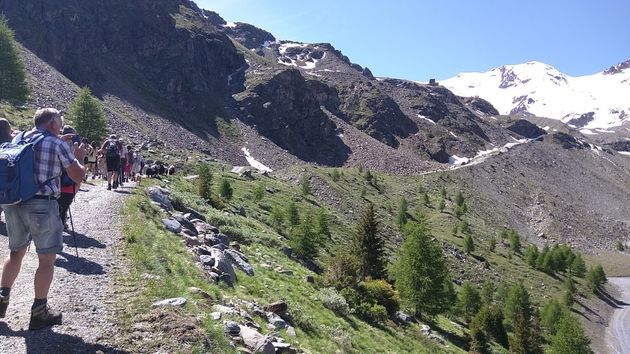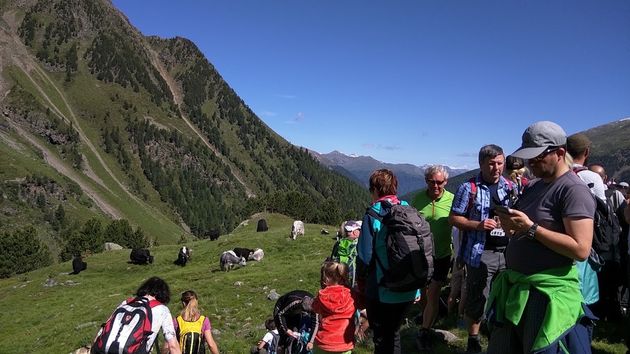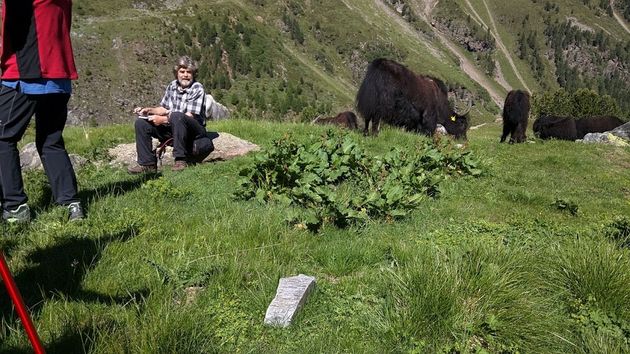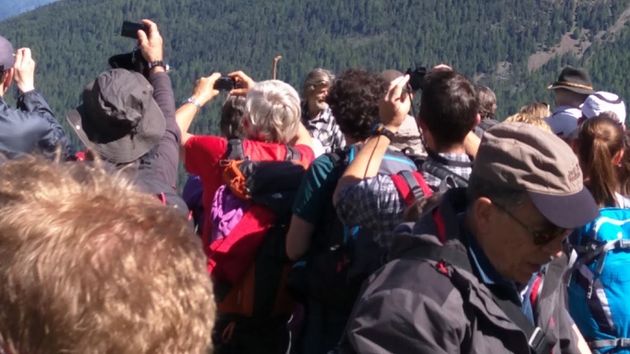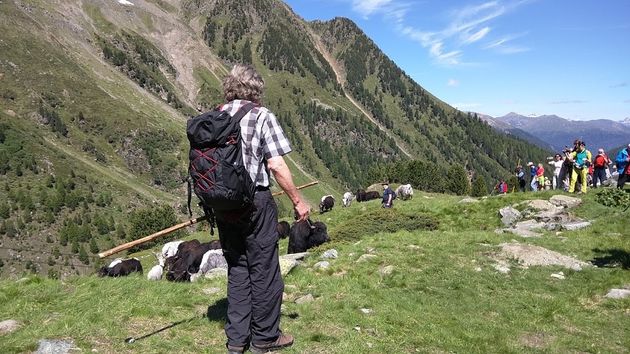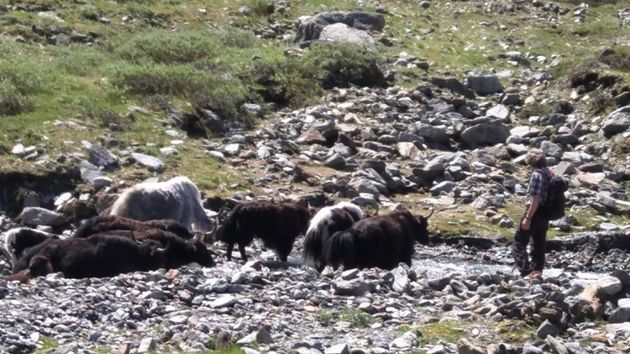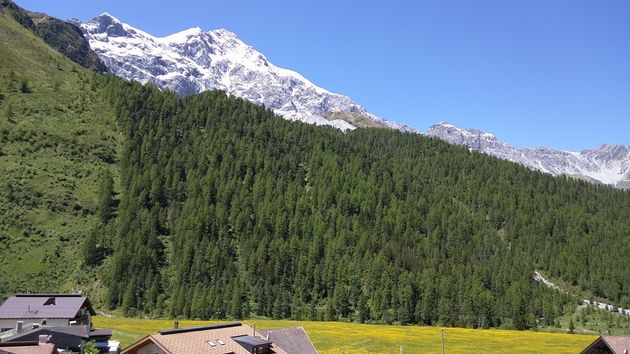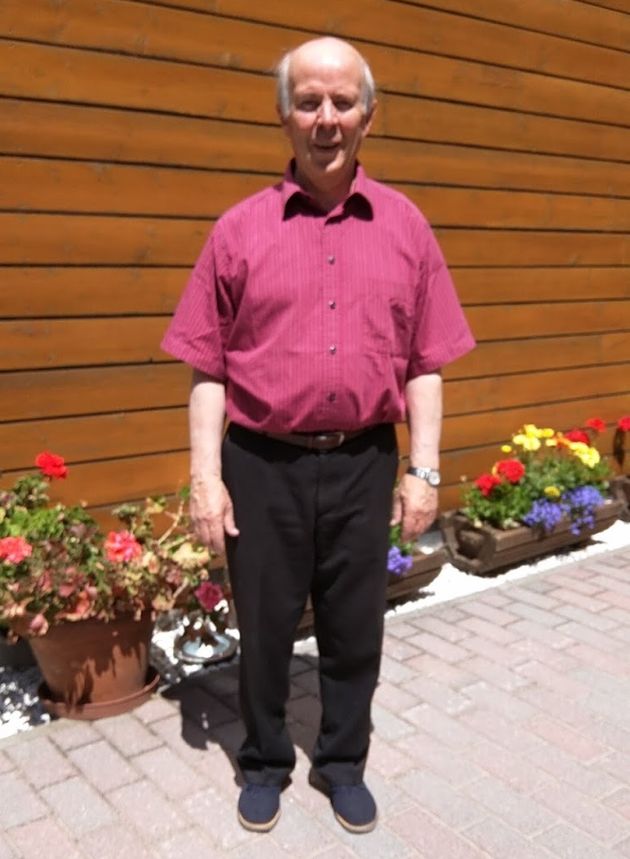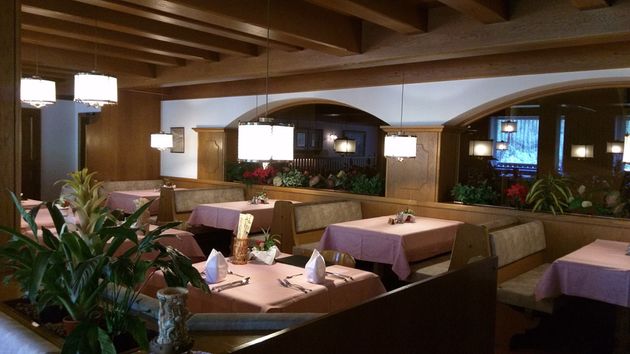Following Reinhold Messner Up a Dolomite Trail
It’s the equivalent of shooting baskets with Michael Jordan, volleying with Roger Federer, playing catch with Peyton Manning, hitting a few with Jack Nicklaus — once a year Reinhold Messner leads his herd of yaks to an upper pastures in Italy’s Dolomites for summer grazing and hikers have the opportunity to trek uphill along with the world’s most famous mountaineer.
The first person to summit Everest solo and without supplementary oxygen, conqueror of all fourteen of the world’s 8000 meter peaks, a man who walked across Antarctica and the Gobi Desert, the supra-athlete is also founder of sixMessner Mountain Museums. Scattered through the middle of the Alps in South Tyrol they are monuments to the culture and disciplines of mountains, mountain peoples. and mountaineers all over the world. Each of the six satellite museums is devoted to a different aspect of mountain lore.
Rock and the vertical world of rock climbing are the themes at the Dolomites “museum in the clouds,” converted from a fort and dwarfed by 360 degree views of the majestic sawtooth peaks. Visitors must take a shuttle van up and then hike the last switchbacks to admire not only the surrounding mountains but exhibits and paintings tracing the history of the magnificent Dolomite range from the Romantic period to the present.
The centerpiece of the six museums is Firmian which has been established in South Tyrol’s iconic Castle Sigmundskron near Balzano. Addressing the subject of man’s encounter with the mountains, paths and stairs in the towers lead visitors through exhibits illustrating the origins of the mountains, religious significance of the peaks, the history of mountaineering.
The displays at Ripa in Brunico, another fortress castle, illuminate the relationship between mountain peoples and their environment. Clothing, housing, cooking utensils, images from the Andes, Alps, Rockies, Himalayas, showcase similar survival and living strategies developed in high regions throughout the world.
Up the hill from Ripa and a gondola ride to the peak plateau of Mount Kronplatz,Corones is dedicated to the supreme discipline of mountaineering. The multi-level structure was designed by renowned architect Zaha Hadid and anyone who doubts mountain challenges needs only look to the jagged mammoth peaks of the Dolomites and Alps which are framed by the building’s extravagant balconies and windows.
Messner’s summer home, Castel Juval, surrounded by vineyards and an organic farm, is open to the public ten months a year except in July and August when he is in residence. Dedicated to the religious aspect of the mountains, it expresses reverence for the mountains in Messner’s personal library and living quarters which are decorated with items from his extensive collection of Buddhist, Tibetan, Tantrism, animism and other sacred and artistic items. All visits are by guided tour (in German) and photography is restricted to outside areas.
Located in Solda, Messer’s Ortles Museum, is an underground edifice devoted to the theme of ice. A film describes historic attempts to cross Antarctica, paintings show the difficulty of depicting the appearance of ice and glaciers, a wall-mounted device evokes the sight and sound of an oncoming avalanche.
It is down the road from the Ortles Museum, that our memorable trek with the Master begins. Following instructions on the MMM website and on local posters, a crowd of a few hundred assembles at the base of Solda’s cable car which transports skiers and hikers up 3250 meters for high altitude activities. It is a perfect day, with not a cloud in the sky, the only white overhead is the snowcapped peaks of the massive Ortles, once the highest mountains in Germany or Austria (depending on which country was claiming the region at the time).
Promptly at 9:30 as scheduled, the first yaks come shuffling along the valley. Messner joins them, gently whistling for the creatures to follow him up the mountain road — with all of us trailing behind. Yaks are less docile than cattle and experienced acquaintances of Messner have been armed with wooden staffs to help ensure we all keep a safe distance, particularly avoiding the skittish female “naks” tending adorable baby calves. The climb isn’t steep but strenuous, and as we ascend the crowd gradually strings out along the road.
About half an hour along uphill, near the pasture, we pause so Messner can sign autographs and pose for pictures. It doesn’t hurt that he is wildly handsome— equally photogenic, although more rugged and less “beautiful” than that other sports superstar Muhammad Ali. Obligingly he poses, framed by the mountains, tending the yaks, gazing toward the rugged peaks.
While Messner is signing postcards, books, other souvenirs, several of the acolytes drop out or forge ahead on hikes. Eventually Messner resumes his place, leading the the yaks a few yards farther along to a rocky and roaring stream where they are left to graze for the summer and we make our descent.
I returned to the Hotel Mignon in Solda where I’d spent the night. Booked on a whim, it felicitously turned out I had selected a place just a few minutes walk from the cable car station, so that I had been able to walk to the morning excursion and back. Perched on a hill, it is a modern take on a chalet, convenient and comfortable. Henry the helpful proprietor showed me to a spacious room large enough to include a separate vestibule and a a balcony with a view directly to the tallest of the Ortles. Before setting out for the morning trek I filled up on the Mignon’s generous buffet breakfast — half a dozen types of inventive dry cereals, jelly made from mountain berries to spread on the croissants, and any choice of eggs. It was good fortification for what turned out to be a strenuous and meaningful hike with the Master.
Photos by Sharon King Hoge and Dino de Vido

